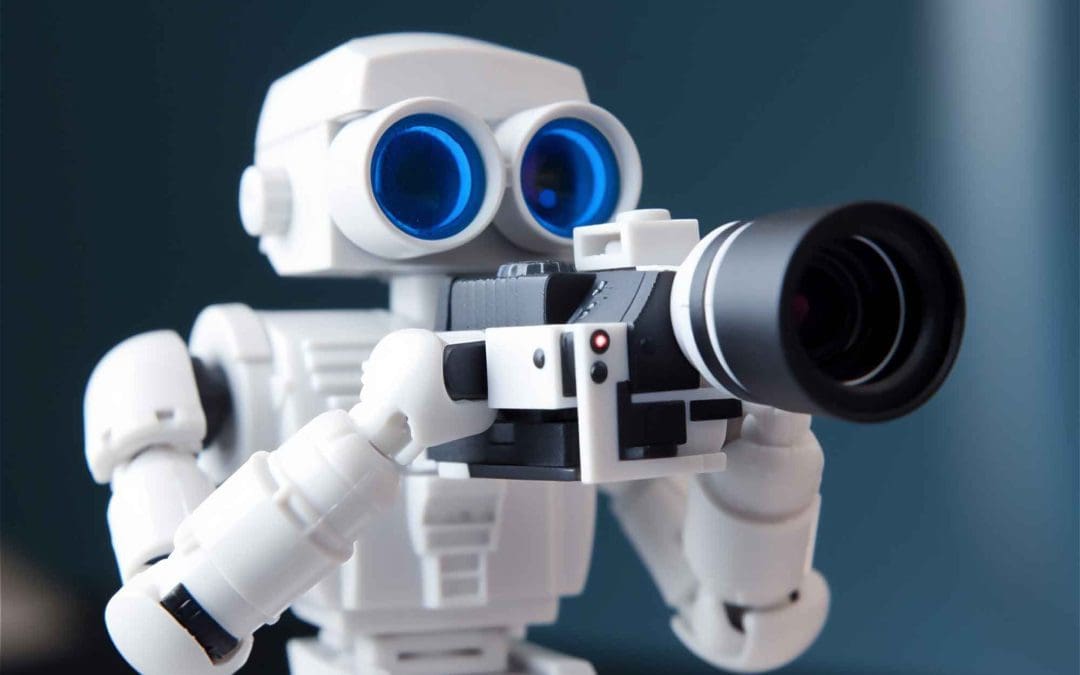The advent of artificial intelligence (AI) has brought about a paradigm shift across various industries, raising profound questions about the future of work. As AI continues to evolve, the fear of automation replacing jobs has become a topic of heated debate. One profession that has recently come under this scanner is commercial photography. As AI-powered cameras and image processing software become more sophisticated, there are concerns that professional photographers may eventually become redundant. But is there any substance to these fears, or are they merely a result of technophobia? Let’s explore.
AI in Photography:
AI has already made significant strides in the world of photography. From AI-powered cameras that can optimize settings for the perfect shot, to software that can process and edit photos in ways that were previously only possible with a human touch, the technology is rapidly changing the photography landscape. AI can now identify and track subjects, adjust lighting conditions, and even compose shots. Advanced software can automatically edit photos, removing imperfections, balancing colors, and even adding effects.
Will AI Replace Photographers?
While the capabilities of AI in photography are impressive, the question remains: will AI replace professional commercial photographers? The answer isn’t a straightforward yes or no. AI is likely to change the role of photographers, but not necessarily replace them completely.
Firstly, photography is an art form, and while AI can mimic certain aspects, it can’t replace the creative vision that a human brings to the table. A photographer doesn’t just take pictures; they tell a story through their lens. They have an intuitive understanding of human emotions and can capture moments that resonate with people on a deep level. AI, despite its advancements, cannot replicate this human connection.
Secondly, professional commercial photography often requires collaboration and direct interaction with clients, models, and teams. AI may assist with the technical aspects of photography but cannot replace the human-to-human interaction that often defines a successful photo shoot.
AI as a Tool, Not a Threat:
Instead of viewing AI as a threat, photographers can embrace it as a tool to enhance their craft. AI can automate the mundane aspects of photography, such as adjusting settings and editing photos, freeing up photographers to focus on the creative aspects of their work.
Furthermore, photographers can use AI to expand their capabilities. For example, AI can help photographers analyze large amounts of data, such as identifying trends in what images get the most engagement, thereby informing future shoots. It can also allow them to experiment with new techniques and styles, pushing the boundaries of what’s possible in photography.
Conclusion:
The rapid advancement of AI technology is undeniably reshaping the landscape of many industries, including commercial photography. However, the fear that AI will replace professional photographers is largely unfounded. While AI is becoming an increasingly useful tool in the field, it cannot replace the creativity, human connection, and interpersonal skills that photographers bring to their work. Instead of fearing AI, photographers should embrace it, leveraging the technology to enhance their craft and push the boundaries of what’s possible in photography.

